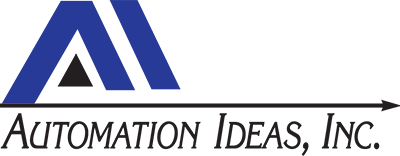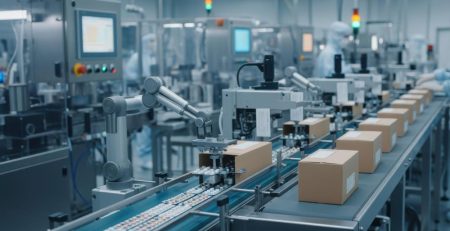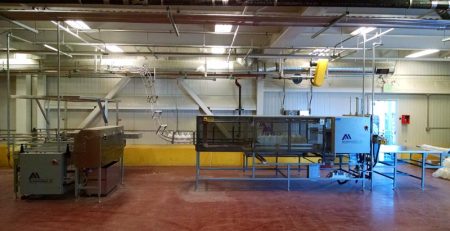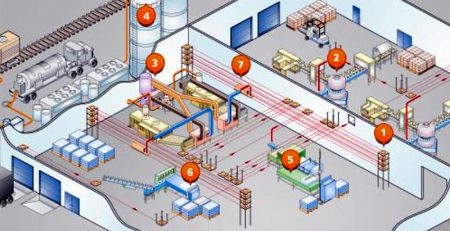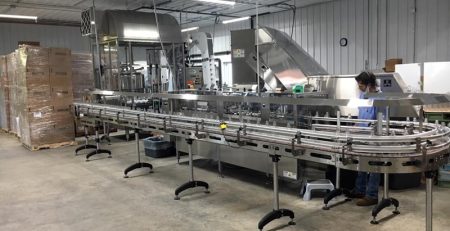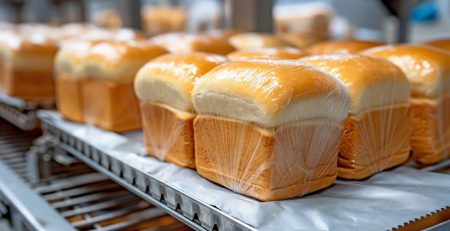Leak detection systems play a crucial role in the food and beverage packaging industry, ensuring that products remain safe, fresh, and free from contamination. In this article, we will explore the importance of leak detection systems, their types, and the technologies used in the detection process.
Importance of Leak Detection Systems
Leak detection systems are a fundamental component of quality control in the food and beverage packaging industry. They serve several critical purposes, including:
- Product Safety: Ensuring that food and beverage containers are sealed tightly is essential to prevent contamination and maintain product safety. Leaks can introduce contaminants, spoil the product, and compromise consumer health.
- Product Quality: Leak-free packaging preserves product quality and freshness, extending shelf life and enhancing customer satisfaction. Leaks can lead to spoilage, loss of flavor, and changes in texture, negatively impacting the consumer experience.
- Regulatory Compliance: Food and beverage manufacturers are subject to stringent regulations and quality standards. Leak detection systems help companies meet these requirements by ensuring that their packaging meets the necessary specifications.
- Cost Reduction: Detecting leaks early in the packaging process can prevent waste and costly product recalls as well as . It also reduces the need for rework and product rejection, saving both time and money.
Types of Leak Detection Systems
There are several types of leak detection systems used in the food and beverage packaging industry, each with its own advantages and applications. The choice of system depends on factors such as the type of packaging material, product characteristics, and production volume. Here are some common types:
- Vacuum Decay Testing: Vacuum decay testing involves placing a package in a vacuum chamber and measuring changes in pressure to detect leaks. If there is a leak, air will enter the package, causing a pressure change that can be detected by sensors. This method is effective for a wide range of packaging materials and is suitable for both rigid and flexible containers.
- Pressure Decay Testing: Pressure decay testing is similar to vacuum decay but works in the opposite direction. A package is pressurized, and any drop in pressure indicates a leak. This method is often used for packages with airtight seals, such as cans and glass bottles.
- Headspace Gas Analysis: This method involves analyzing the gas composition in the headspace of a sealed package. Changes in gas composition can indicate leaks. It is commonly used for products packaged in modified atmosphere packaging (MAP) or with controlled atmospheres.
- Immersion Testing: Immersion testing submerges packages in a liquid and detects bubbles or changes in liquid level, which can indicate leaks. This method is suitable for products packaged in liquids, like sauces or beverages.
- Ultrasonic Testing: Ultrasonic leak detection systems use high-frequency sound waves to identify leaks by measuring the time it takes for sound to pass through the packaging material. This method is non-destructive and can be used for a variety of packaging types.
Technologies Used in Leak Detection
Leak detection systems rely on advanced technologies to achieve accurate and reliable results. Some of the key technologies used in these systems include:
- Sensors: Pressure sensors, gas analyzers, and ultrasonic sensors are critical components of leak detection systems. These sensors measure pressure changes, gas composition, or sound waves to identify leaks.
- Automation and Robotics: Automated systems and robotic arms are often used to handle packages and perform leak detection tests efficiently and consistently. They can handle high volumes of products and reduce the risk of human error.
- Data Analysis: Leak detection systems generate a wealth of data, which is analyzed in real-time to detect and locate leaks. Advanced data analysis techniques, including machine learning and , can improve the accuracy and speed of leak detection.
- Integration with Packaging Lines: Leak detection systems are integrated into packaging lines, allowing for seamless inspection and immediate rejection of defective packages. Integration also enables real-time monitoring and control.
- Remote Monitoring: Some leak detection systems can be monitored remotely, allowing manufacturers to track the performance of their packaging lines and receive alerts if any issues arise.
Food and Beverage Packaging Leak Detection Systems
Leak detection systems are essential in the food and beverage packaging industry to ensure product safety, quality, regulatory compliance, and cost-effectiveness. Various types of leak detection systems, along with advanced technologies, play a pivotal role in detecting and preventing leaks in packaging. As consumer expectations for product quality and safety continue to rise, the importance of these systems in the industry will only grow. Manufacturers must invest in state-of-the-art leak detection solutions to meet these demands and maintain their competitive edge in the market.
If you are interested in our leak detection systems, or would like to learn more about any of our other automation equipment, please contact us here or give our dedicated support team a call at (616) 874-4041.
